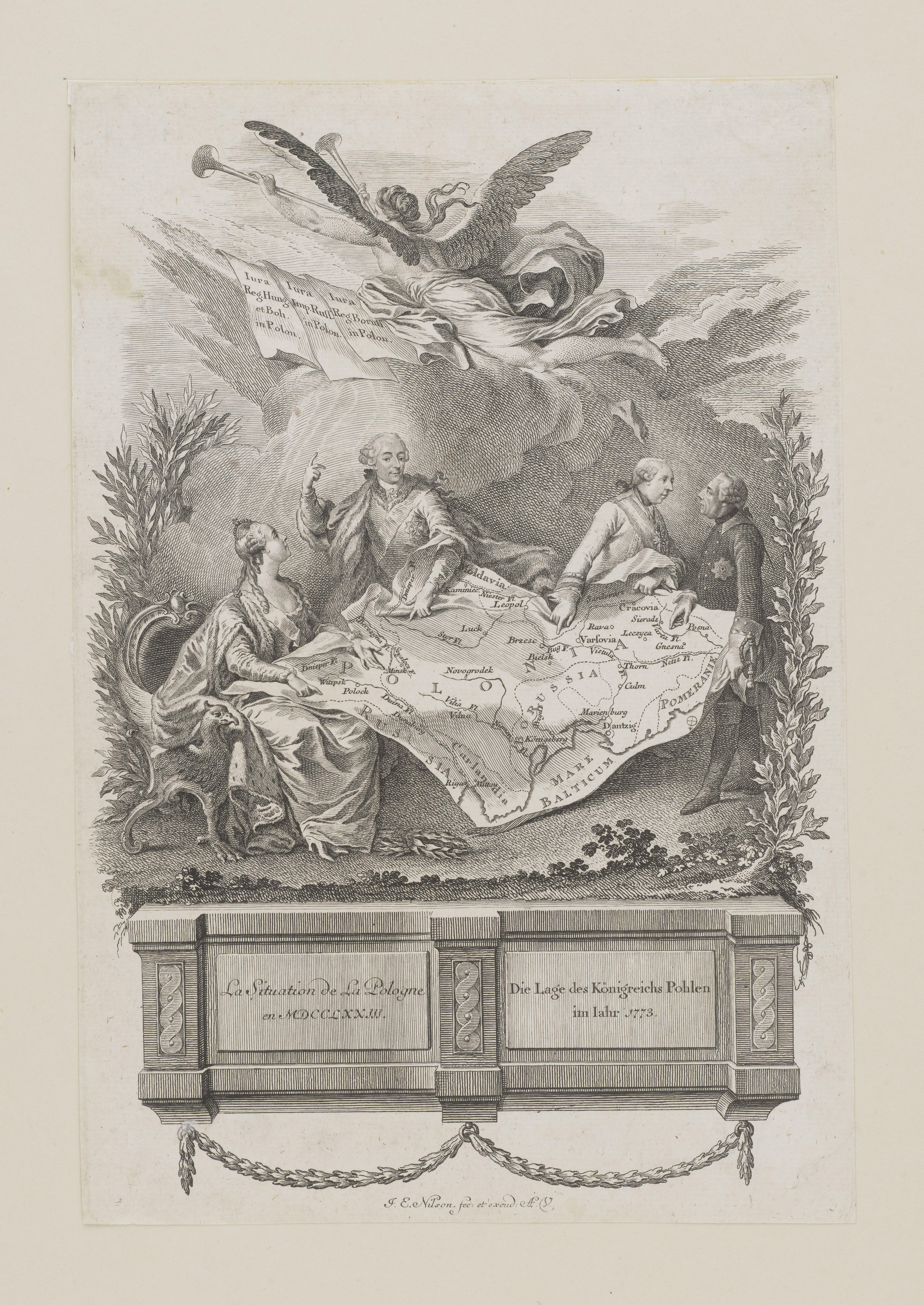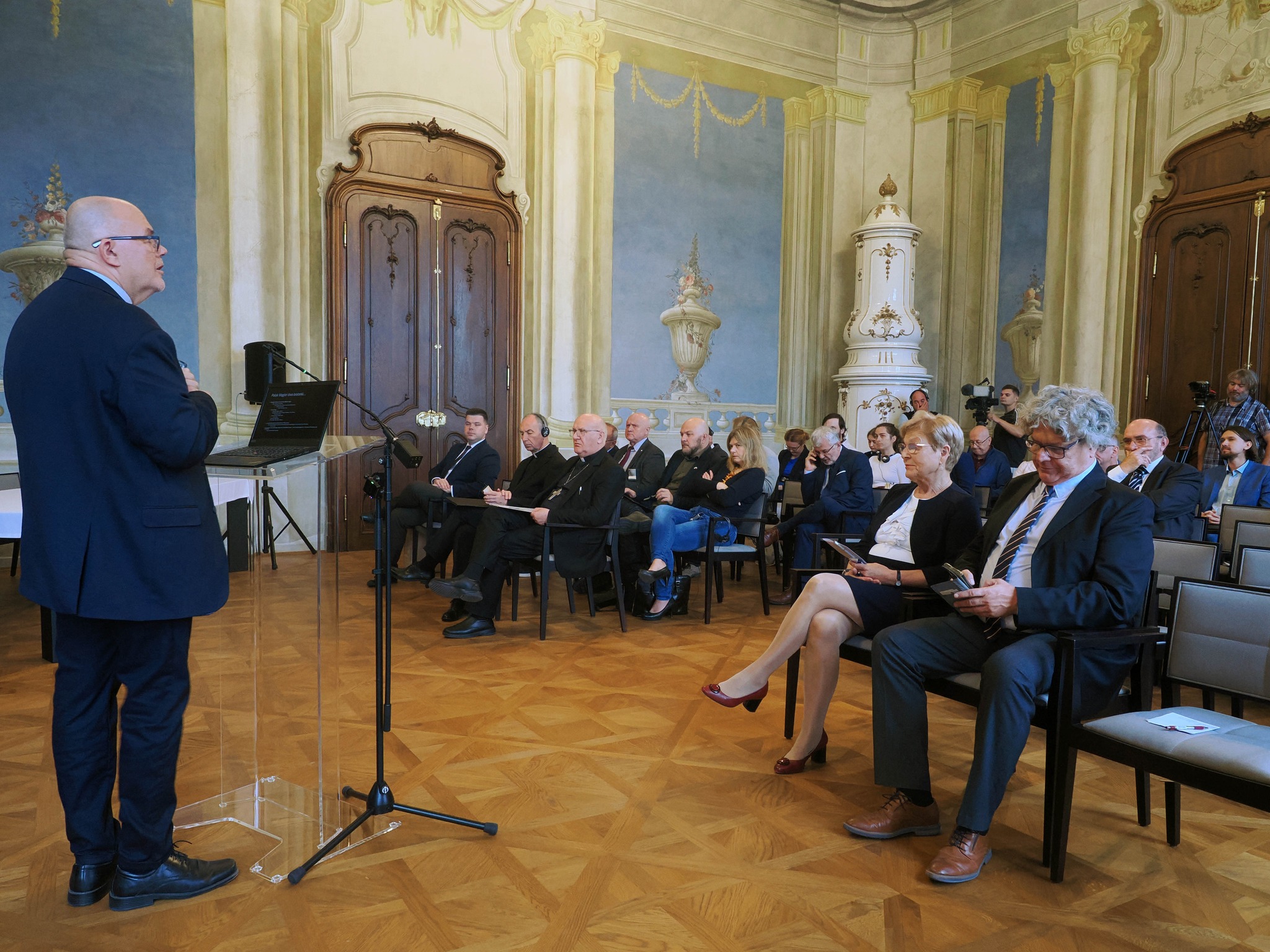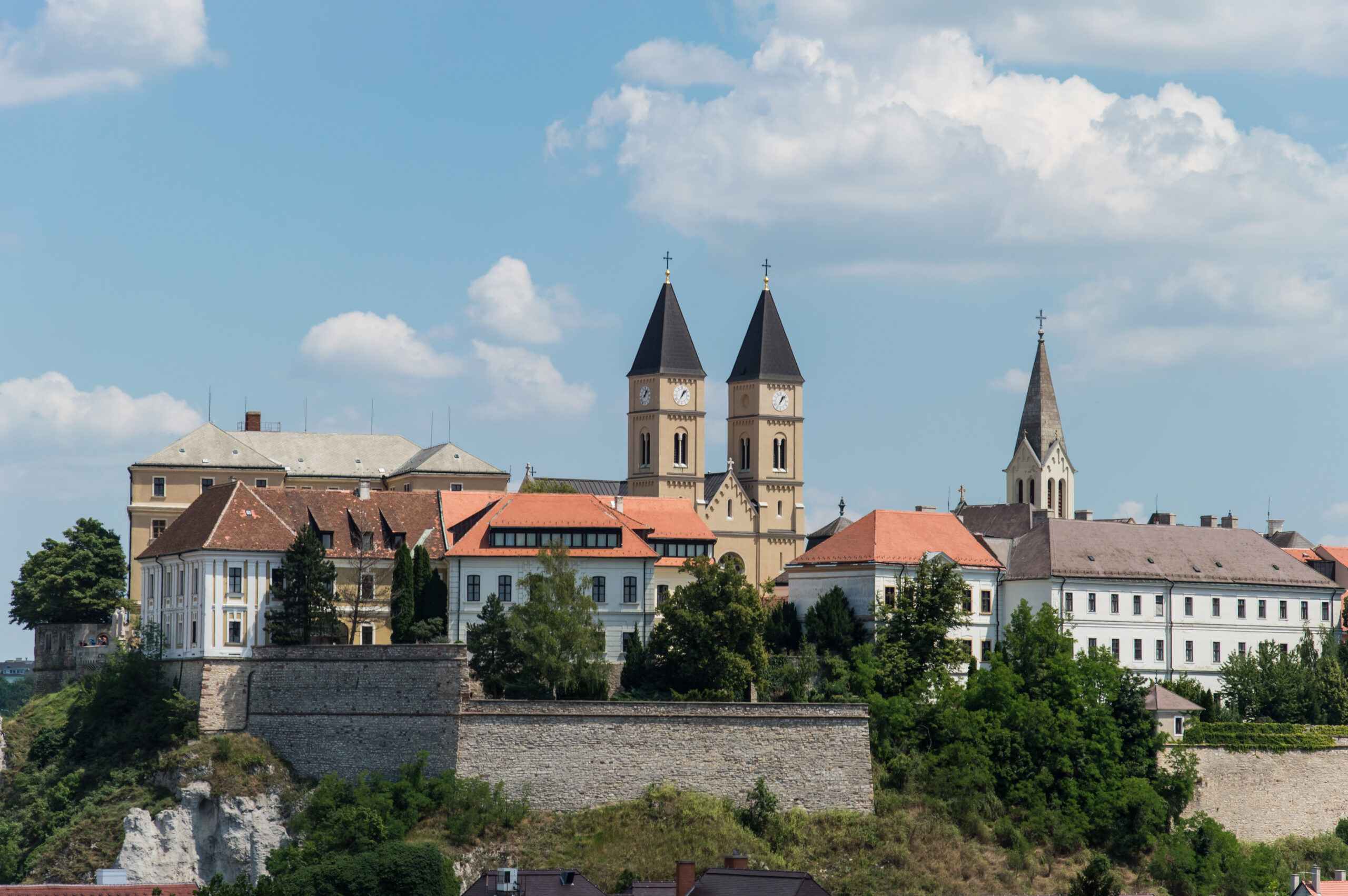Partitions of Poland and Agreement in Petersburg – Winter Palace, Petersburg
Fact of the Polish figure „The Battle of Maciejowice – Maciejowice”
Part of the „The myth of national disaster” topic
The partitions of the Polish-Lithuanian Commonwealth in the 18th century – 1772, 1793 and 1795 – led to the complete disappearance of the country from the map of Europe for 123 years. In the national memory, these events became a symbol of tragedy, betrayal and the struggle for the survival of a nation without its own state. Poles, deprived of their sovereignty, nurtured the idea of independence through culture, literature and tradition, creating the myth of “’Poland enslaved”’. The partitions were perceived as a huge historical injustice and at the same time as a call to preserve national identity. The memory of the loss of independence shaped patriotic attitudes and inspired subsequent generations to fight for freedom. Today, the partitions remain one of the most important reference points in the Polish historical consciousness, reminding us how easy it is to lose independence and how great the value of a sovereign state is.
Further reading:
Kaplan H., The First Partition of Poland, New York 1962.
Lukowski J., The Partitions of Poland 1772, 1793, 1795, London 1999.





